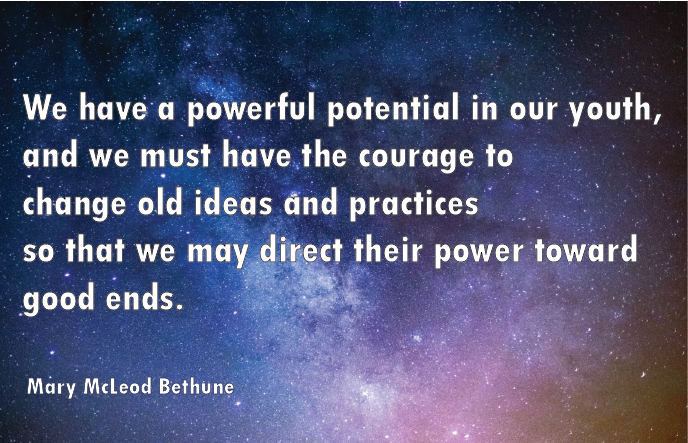Rest and Renewal
We hope you had a restful winter vacation and time with family and friends. The new year provides us with new opportunities to explore and implement strategies that enhance the lives of youth as they move through high school and into post-school activities.
This month, we’re eager to share with you the latest post-school outcome data from the 2021 survey (2019-20 leaver year). We’ve also highlighted resources that we hope will be useful as you work to increase youth, family, and community participation in the transition process.



2019-20 Post-School Outcome Data Now Available
- Post-school outcome data reports and presentations from the 2021 survey (2019-20 leaver year) are now available for viewing and download.
- To access Washington state data, visit the Post-School Outcomes page on the CCTS website.
- To access district and ESD data:
- You must have an active user account in the TSF2, CCTS’s secure online data collection platform.
- If you do not have an account, contact your district’s data manager or email CCTS@seattleu.edu.
View statewide Post-School Outcomes on the CCTS website

Survey: Interagency Transition Networks
Interagency Transition Networks (ITNs) bring together schools, agencies, parent groups, and other stakeholders who support youth with disabilities transitioning from school to adult life. These local networks serve to increase the availability, access, and quality of transition services to youth with disabilities and their families.
Whether you are part of an existing ITN or are looking for ways to be involved, please take 1-5 minutes to complete the Interagency Transition Network Survey by February 28.

Transition Planning with Youth, Family, and Community
Engaging youth in their transition plans, inviting parents to be involved in meaningful ways, and embracing our communities are all efforts that have a profound impact on our students. Take a few moments and reflect on what you are doing in each of these areas and how you might change things up.
Youth
- Students need opportunities to build self-advocacy and self-determination skills by taking charge of their transition plans, meetings, and activities.
- Beyond the IEP meeting, youth also need to be involved in school and community activities where they can contribute, lead, build skills, and display their learning.
- NTACT:C has excellent resources regarding youth engagement.
- CCTS has a series of modules on Student-Led IEPs that can help you kick off the leadership of your students in their IEP transition process.
- The T-Folio can take the students through the steps of the transition plan with activities and products for their portfolio.
Families
- Family involvement is identified as one of the best practices for post-school success.
- Families become the bridge between school and the community.
- Listen to the values and needs of families and students when collaborating about transition plans. Ensure you take into consideration cultural diversity.
- Open Doors for Multicultural Families has a downloadable Transition Guide in many languages that can help families in their journeys.
Communities
- One way to engage your community is to get involved with an Interagency Transition Network (ITN). ITNs are generally made up of agencies, school, and community members (including parents and youth).
- Working together, ITNs identify needs in the community, develop action plans, solve problems, and encourage collaboration for community training and employment opportunities.
- You may already have an ITN in your region that’s organized by your ESD, county, DDA, or DVR. Do a bit of investigating, if you do not find your team, contact CCTS at ccts@seattleu.edu and we can get you started in the right direction.

Transition Foundations: Asynchronous Online Training
Transition training materials are available in self-paced, online formats. Each training includes a workbook and a series of PowerPoint modules that can be reviewed individually or with a group (recommended).
- Writing Effective Transition Plans (11 modules)
- Student-Led IEPs (7 modules)
- Developing Job Shadow Experiences (7 modules)
View Professional Development Resources on the CCTS website
CCTS Transition Network
CCTS invites all Washington educators, administrators, and agency representatives to join us on Basecamp, an online communication platform.
Join the CCTS Transition Network on Basecamp to share your thoughts, questions, ideas, and recommendations related to transition.
Join the CCTS Transition Network on Basecamp
